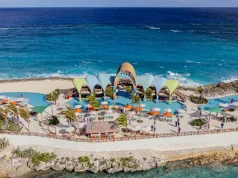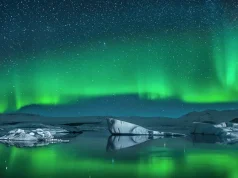
As World Whale Day approaches on 16th February, tour operator Swoop Antarctica is highlighting ways in which participants on its expeditions to Patagonia and the Polar Regions can get involved in the research and conservation of these wonderful cetaceans.
As a member of the International Association of Antarctic Tourism (IAATO), Swoop is a strong advocate of responsible travel. The company offers Citizen Science programmes on selected trips to Antarctica, where passengers help to gather data and participate in research projects run by professional scientists.
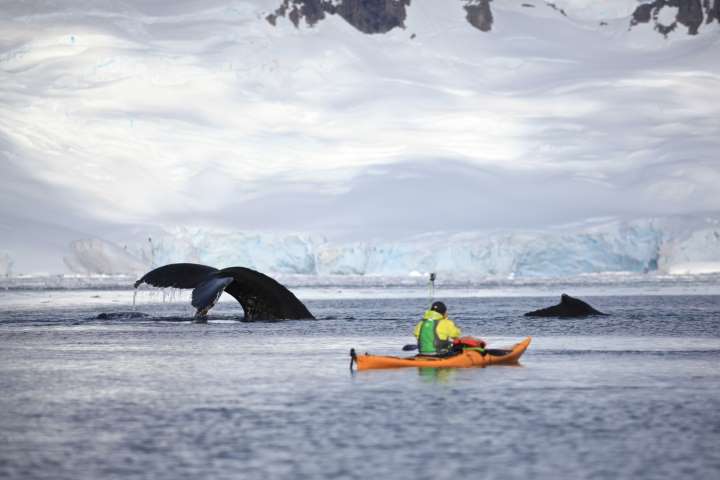
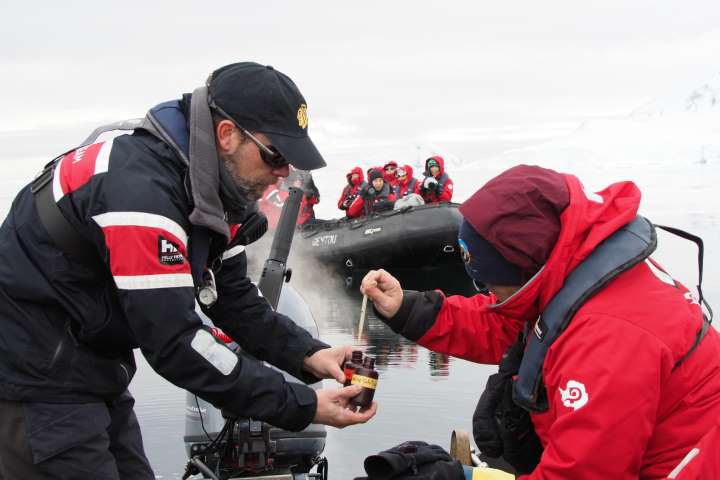
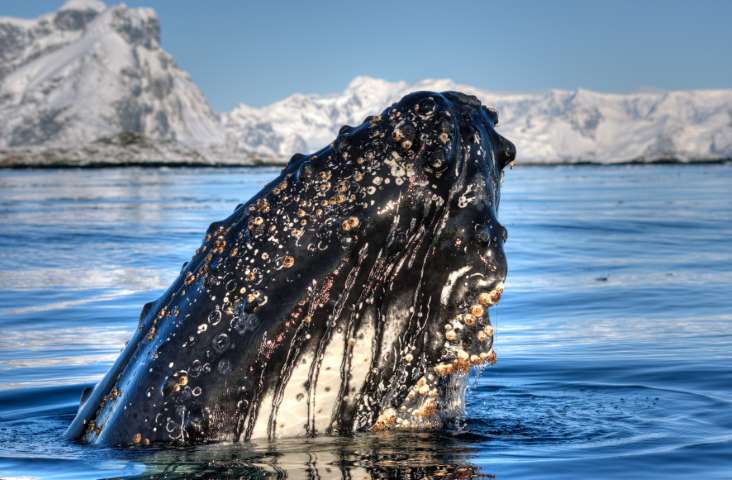
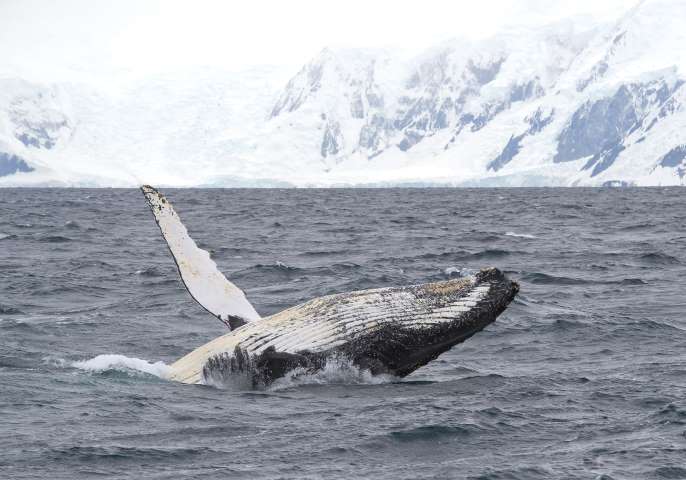
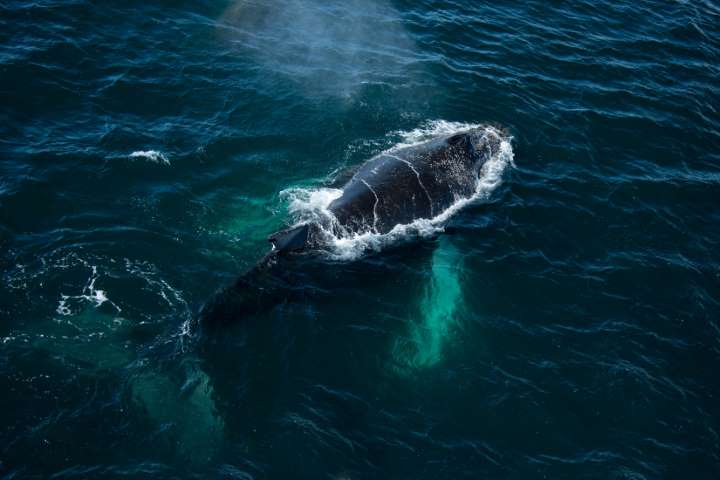
One such project, Happy Whale, encourages travellers to record sightings of whales in the wild, take photographs and upload information and images on to the Happy Whale website. The data provided by passengers helps scientists to identify and track individual creatures as they move around the globe, to get a greater understanding about them and their population trends.
Other types of scientific research projects Swoop passengers can get involved with cover oceanography, glaciology, ornithology, marine biology and meteorology and include the collection of phytoplankton in fjords along the Antarctic Peninsula for the Scripps Institution of Oceanography; penguin surveys for Dr Heather Lynch at Stony Brook University and mapping cloud patterns for NASA’s Globe Observer.
Projects such as these are vital in assisting the scientific community to improve its knowledge and in raising awareness of the importance of conserving the marine environment. Without them, it would be extremely difficult, not to mention costly, for scientists to gather such a wealth of research data.
February and March are the best times to spot whales in Antarctica, with humpbacks being sighted most often, followed by Minke. By this time of year, having gorged on food during the summer months, the whales are satiated, full of energy and ready to put on a show. Passengers who join a kayaking programme may even be lucky enough to encounter creatures at close quarters whilst paddling silently through the water.
Seventeen different species of whale visit the Arctic throughout the year, with Svalbard and northern Norway being among the best places to spot them as they journey between the region’s rich hunting grounds.
Orca, humpback, southern right and blue whales may all be spotted off the coasts of Chile and Argentina. For the best chance of sightings, Swoop particularly recommends visiting the Francisco Coloane Marine Park, a protected area of the Chilean fjords, which is accessible only by boat from Punta Arenas and which is where multiple humpback whales reside.
Those adventuring to the Polar Regions with Swoop are provided with an illustrated whale guide to help them to identify individual species.
For more information on whale watching trips in Patagonia, Antarctica and the Arctic, visit:
– https://www.swoop-antarctica.com/travel/wildlife/whales
– https://www.swoop-arctic.com/adventures/whale-watching
– https://www.swoop-patagonia.com/visit/wildlife/whales



